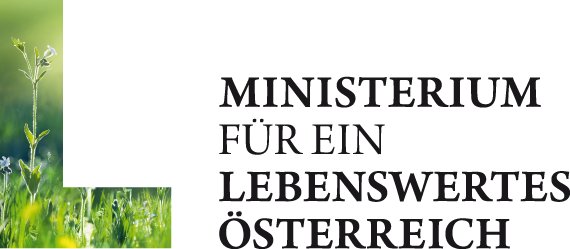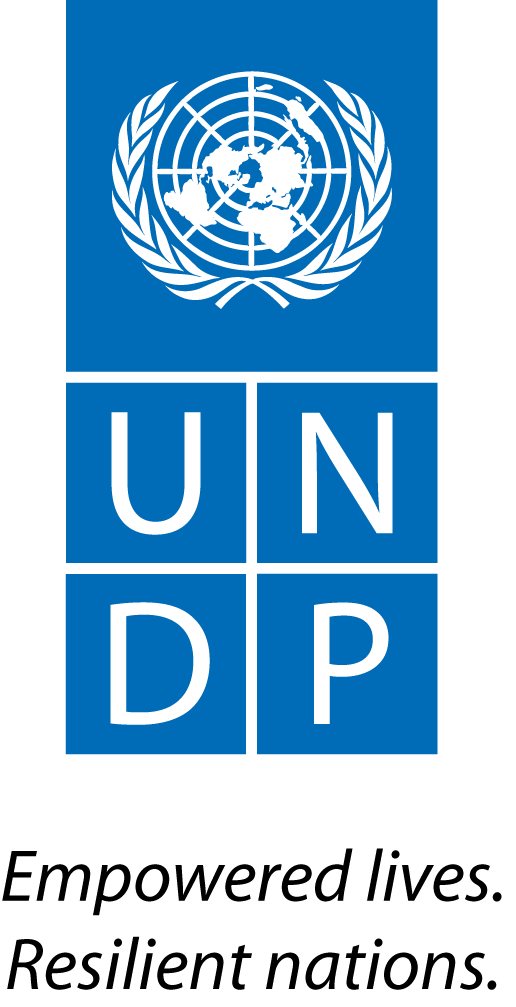Drought and desertification a growing threat to food security – UN expert 11.02.2011
Votează: 0.0/5 (0 Voturi ) |
http://www.trust.org/alertnet/news/drought-and-desertification-a-growing-threat-to-food-security-un-expert
LONDON (AlertNet) – Increasing drought and aridity around the world, linked to climate change and land degradation, are becoming a major threat to food security and poverty reduction efforts, according to the United Nations’ anti-desertification chief.
Stepping up investment in restoring degraded land and curbing desertification could work toward solving a wide range of the world’s most pressing problems – climate change, food security, water shortages and the threat of growing conflict and migration, said Luc Gnacadja, executive secretary of the U.N. Convention to Combat Desertification.
“No one is unaffected by desertification,” he said in an interview with AlertNet. “It is affecting our food security, entrenching people in poverty, increasing our water stress and leading us to lose biodiversity.”
The U.N. desertification convention, a lesser-known cousin of the U.N. Framework Convention on Climate Change, aims to curb degradation of dry land around the world and the advance of deserts, a major problem in regions including Africa’s Sahel zone and China.
Since 1950, 1.9 billion hectares (4.7 billion acres) of land around the world has become degraded, a problem that has reduced harvests, contributed to changing rainfall patterns and increased the vulnerability of millions of people, Gnacadja said. Each year, on average, another 12 million hectares (30 million acres) of land a year is lost to the problem, he added.
That is hugely worrying at a time when the U.N. Food and Agriculture Organisation predicts world food production will need to grow 70 percent by 2050 to meet rising demand, the Benin-born official said. Right now, about 44 percent of the world’s food – grain and livestock – is produced in dryland areas, he said.
Many of the world’s most vulnerable people also live in dry regions – half of the 1.2 billion people who reside there are below the poverty line – which suggests worsening climate-linked droughts and other land degradation could worsen poverty and drive growing conflict and migration, Gnacadja said.
“The drylands are the most conflict-prone zone of the world and that is not by accident,” he said. “Instability is fuelled by precisely the quest of people to have access to very scarce resources like productive land and water.”
PLANTING TREES
Migration from degraded areas is also likely to grow, he said, particularly as people living in already vulnerable areas reach the end of their ability to adapt to worsening droughts, water shortages and other problems.
Those in the richer world who see desertification and poverty as relatively remote problems should keep in mind that “building fences around our prosperity will not work”.
“It has not worked in history,” he said. “What will work is to invest to reduce the push factors that compel people to migrate because they have reached a tipping point and can’t adapt anymore.”
The good news is that a growing number of countries and regions most vulnerable to desertification pressures are now starting to address the threat. Farmers in Niger, in Africa’s Sahel region, have replanted trees on 5 million hectares (12 million acres) of degraded land since 1975, improving the region’s water supply and reducing conflict. China and India have also switched in recent years from countries losing forest to countries gaining it through huge replanting efforts.
Among the countries that are signatories to the U.N. desertification convention, 38 percent now have some type of desertification and drought monitoring systems in place, Gnacadja said. At a convention meeting in Bonn next week, experts will launch a new desertification monitoring and assessment system that should make tracking land degradation – and progress against it – easier and more effective.
“If you can’t measure it, you can’t improve it,” Gnacadja added.
There is still plenty of work to do, however, he said. Progress has been slow on winning needed funding and technology transfer from richer nations to address desertification, he said, and both donor countries and desertification-threatened ones have done too little to revamp their policies to adequately address desertification threats.
|
|






